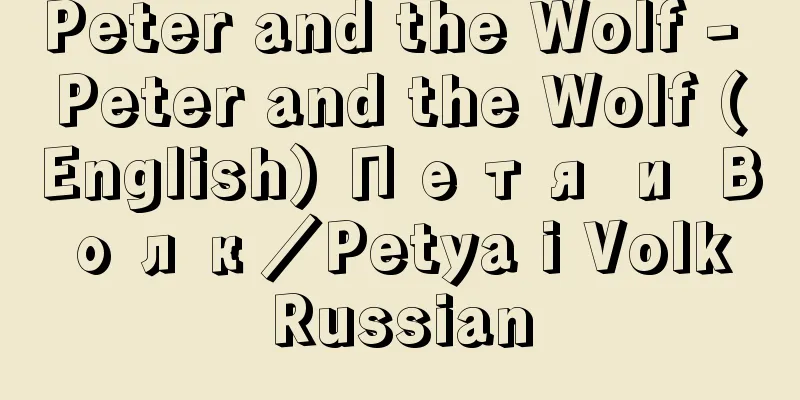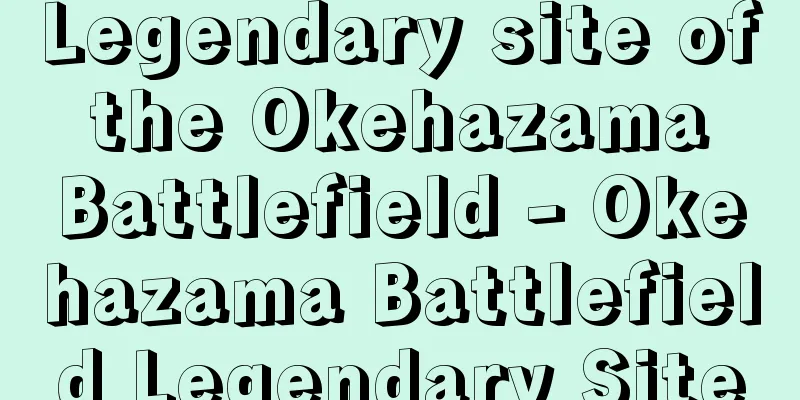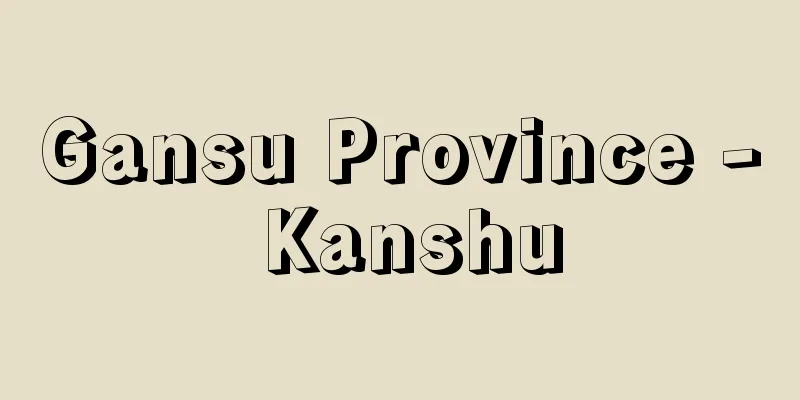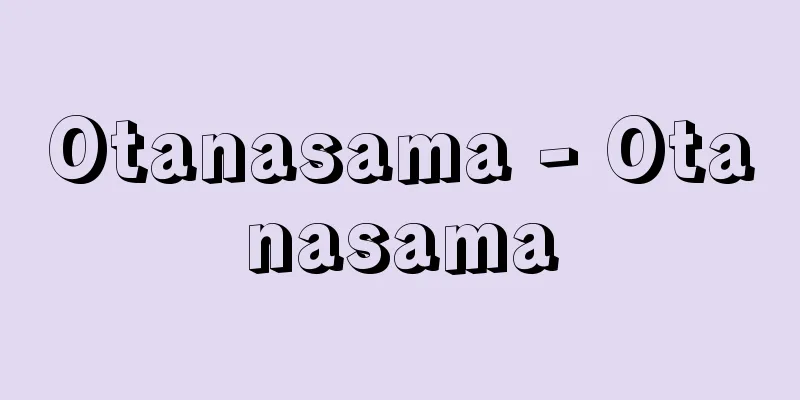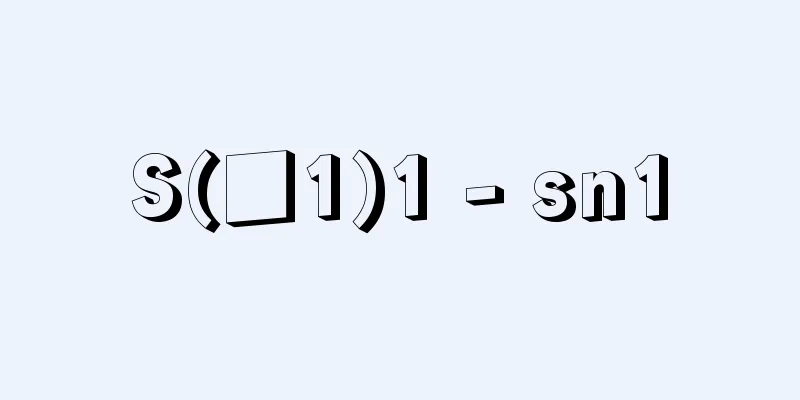Red Army (English spelling) krasnaya armiya
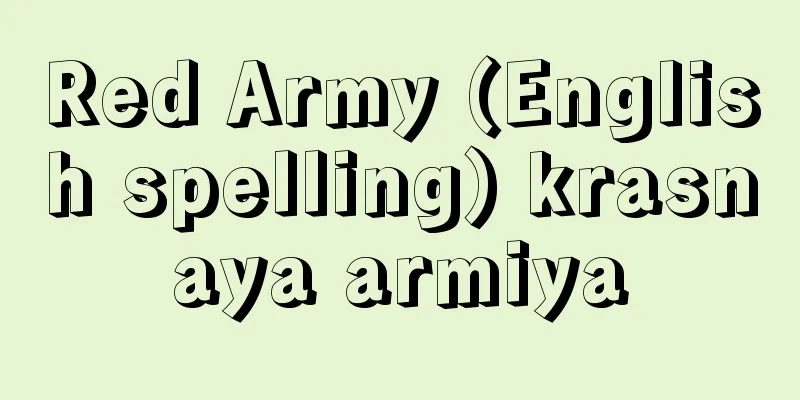
|
The name of the Soviet military from the founding of the country until World War II. Officially, it was the "Workers' and Peasants' Red Army." The Imperial Russian Army was dissolved by the revolution, and the volunteer Workers' and Peasants' Red Army was formed by a government decree on January 28, 1918. On February 23, the army defeated the German army, demonstrating its high morale (this day later became Red Army Day). On April 22, conscription was decreed, and the Red Army was born as a regular army, and was effective in the civil war and the wars of foreign intervention. Commanders were initially elected, but due to the need for actual combat, they were appointed. Also, because only workers and peasants were conscripted at first, there was a shortage of officers, so Military Commissar L. Trotsky mobilized former military officers and appointed political commissars to secure leadership of the party. With the end of the civil war, the army was reduced from 5.3 million in 1920 to 560,000 in 1925, and a peacetime military system was implemented. In the 1930s, the proportion of Communist Party members in the military increased, the military was modernized and mechanized, and a rank system was introduced, but the military as a whole was weakened by mass purges, including the execution of eight generals including M. Tukhachevsky in 1937. With the Second World War, the Red Army's strength grew to nearly 12 million, but by 1947 it had fallen to about 3 million. In 1946, it was renamed the Soviet Army. Source: Encyclopaedia Britannica Concise Encyclopedia About Encyclopaedia Britannica Concise Encyclopedia Information |
|
建国以降第2次世界大戦までのソ連軍の呼称。正式には「労農赤軍」。革命により帝制ロシア軍は解体され,1918年1月 28日の政府布告により志願制の労農赤軍が結成され,2月 23日にドイツ軍を破り士気の高さを示した (この日がその後赤軍デーとなった) 。4月 22日に徴兵制の布告が出され,正規軍としての赤軍が誕生,内戦と外国による干渉戦争に威力を発揮した。指揮官は当初選挙制であったが,実戦の必要上任命制に変えられた。また当初労働者と農民だけが徴集されたため士官が不足し,軍事人民委員 L.トロツキーは旧軍士官を動員するとともに,政治委員を配置し,党の指導権を確保した。内戦終結とともに,20年に 530万の軍が,25年には 56万に縮小され,平時編成の軍制が施行された。 1930年代に入ると,軍内部の共産党員の比重の増加,軍の近代化と機械化,等級制の導入などが実行されたものの 37年の M.トハチェフスキーら8将軍の処刑を含む大量粛清により軍全体が弱体化した。第2次世界大戦とともに赤軍兵力は 1200万近くに膨張したが,47年には約 300万に減少した。 46年にソ連軍と改称。
出典 ブリタニカ国際大百科事典 小項目事典ブリタニカ国際大百科事典 小項目事典について 情報 |
>>: Sekikawa [Village] - Sekikawa
Recommend
Shiota [town] - Shiota
A former town in Fujitsu District, southern Saga P...
Tachishinobu - Japanese claw fern
A perennial fern of the Caprifoliaceae family. It ...
Contrarian - Gyakubari
In trading, selling when the market is popular and...
Donald Dexter van Slyke
1883‐1971 American biochemist. Born in New York. A...
Dryopteris uniformis (English spelling)
…[Shigeyuki Mitsuda]. … *Some of the terminology ...
Conscription
A law that imposed military service obligations o...
Spider monkey - Kumozaru (English spelling)
A general term for animals in the genus Ateles, f...
Pickel - Pickel (English spelling) German
In English, it is called an ice axe. Mountaineeri...
Coreopsis basalis (English spelling)
… [Eiichi Asayama]. … *Some of the terminology th...
Ukai
A prefecture-level city in the western part of th...
Paper shop paper
Washi paper made at Kamiya-in. Originally it refe...
Muhammad al-Muwaylihi
… [Modern and contemporary literature] Modern lit...
Prairie Schooner (English spelling) Prairie Schooner
…The floor of the wagon is not flat, but curves i...
American New Cinema
It refers to the new American films that began to ...
Eme Gil - Eme Gil
…Vowel assimilation is a very characteristic feat...
